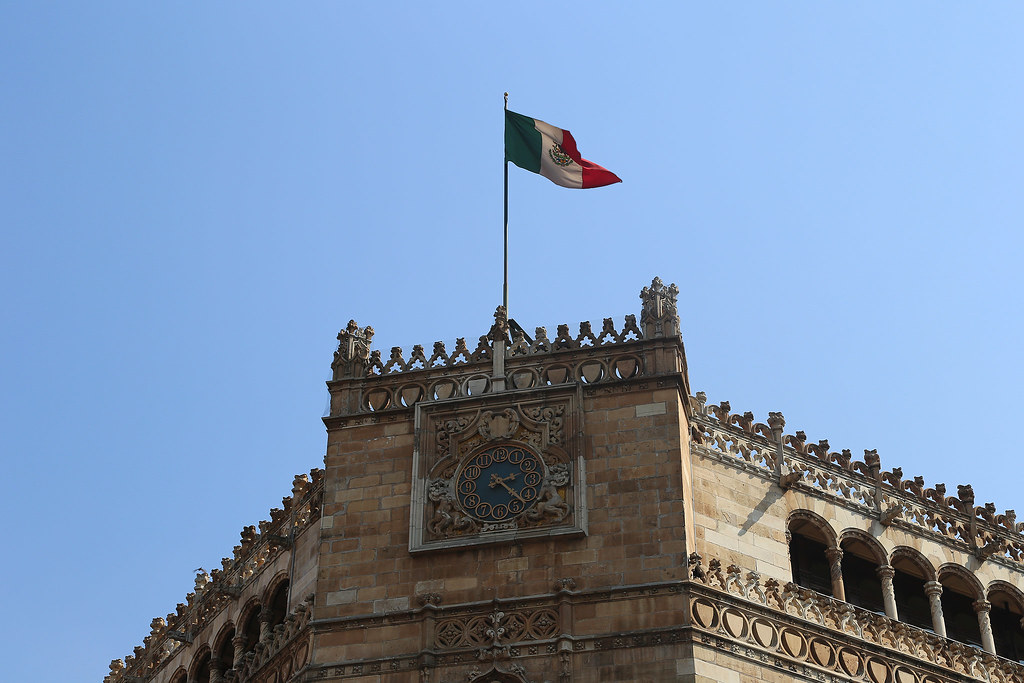
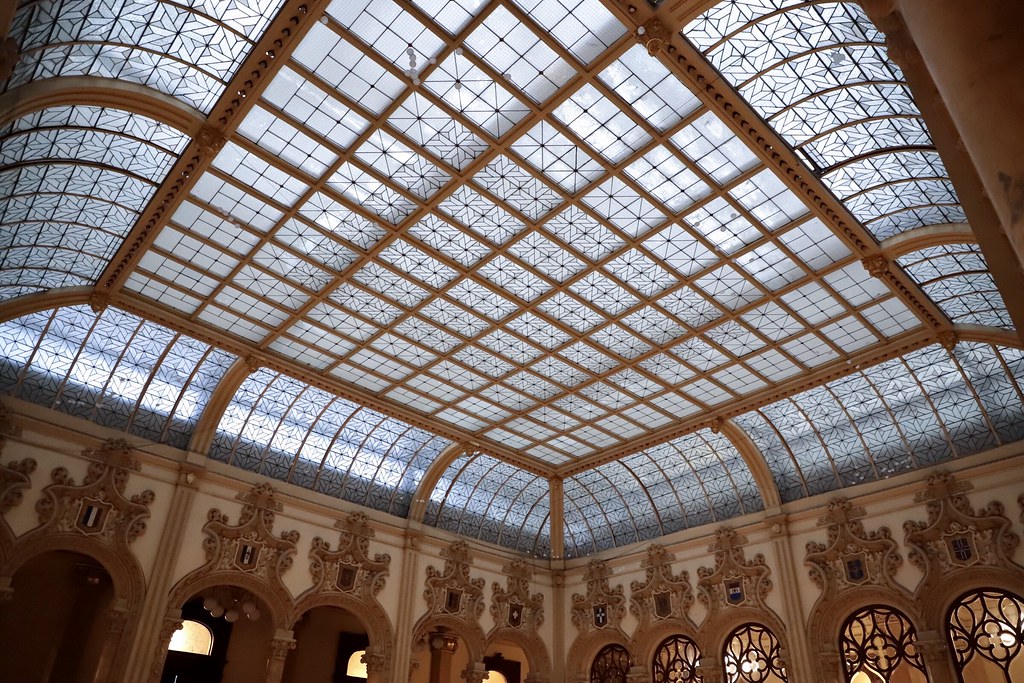
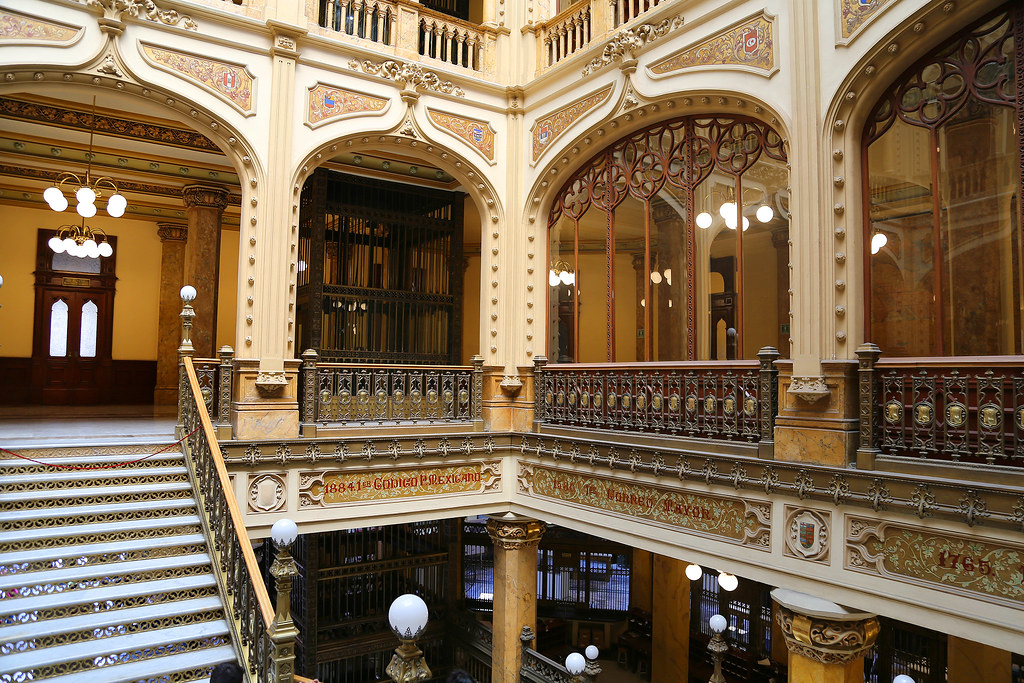


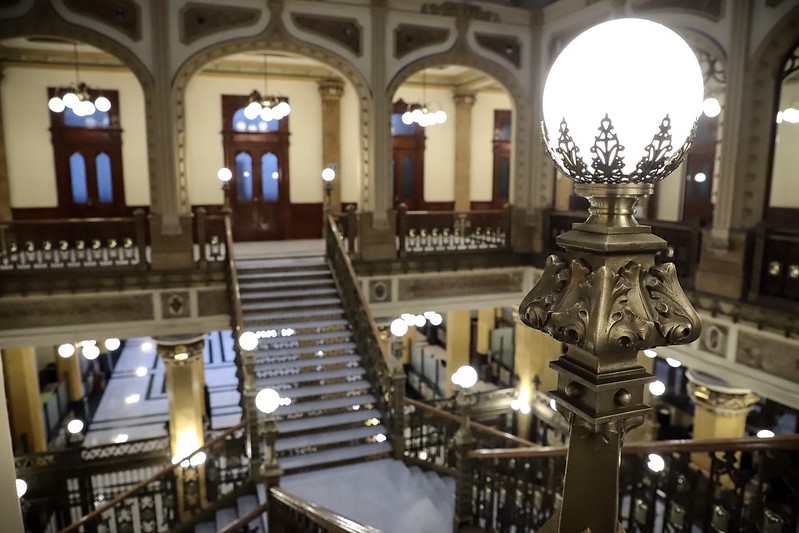
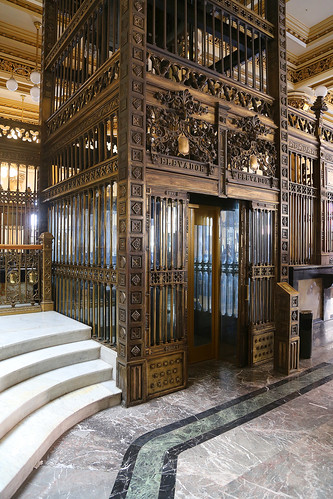
The Postal Palace (Palacio de Correos de México) is an architectural treat. In mixed Art Nouveau, Spanish Renaissance Revival, Plateresque, Spanish Rococo style, Elizabethan Gothic, Elizabethan Plateresque, and Venetian Gothic Revival there’s a lot to look at. Noteworthy elements are also Moorish, Neoclassical, Baroque, and Art Deco.
Built by the Italian, Adamo Boari and Mexican, Gonzalo Garita in 1902, the building opened in 1907 in the waning years of the Porfirato. It was intended, then as now, as a main city post office. To be fair, upon its introduction, the notion of a national postal system was considered extravagant, too.
The Postal Palace is stock full of gargoyles, marble ornaments, and elaborate plaster work. Staircases are made of Mexican marbles and the bronzes were cast in the Fonderia Pignone in Florence, Italy. The clock in the main building was imported from Germany by the Dienner Brothers and La Perla jewelers. This needed to be re-assembled in Mexico, with rope mechanisms, electrical devices, and hydraulic transmissions for pulleys, counterweights, and cables. And of course, there’s a six-bell chime.
Inside, marble floors and shelves are combined with bronze and iron window frames. These, too came from Florence. The stairways cross on the second floor landing, after which they move off in their own directions. Meeting rooms contains frescos by Bartolomé Gallotti painted over a base of 24 carat gold. Themes relate to the history of written communication and the sending of messages.
The building continues to serve the postal service. It also contains a museum with displays of tools of the trade and historical documents. The second floor is devoted to the permanent exhibition on Postal Culture. There’s an interactive room, and an introduction to Philately. The library contains 8,500 volumes and 240 historical documents dating from 1580 to 1900.
Hours: Monday through Friday, 8 a.m. to 4 p.m., Saturdays, 8 a.m. to 12 p.m.
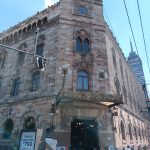 The Post Office building was designed as a structure of steel columns and linked beams, thus reducing the thickness of the walls. The foundation and engineering work was the responsibility of Gonzalo Garita, a military engineer. The building was designed by Italian architect Adamo Boari. Both Garita and Boari were also in charge of the Palace of Fine Arts.
It is the fifth building to house the post office. It was opened on February 17, 1907 by then-President, Porfirio Diaz. The building combines the Venetian Gothic style with a flamboyant Elizabethan Gothic on the exterior. Interiors are in the French style of the late 19th century. The quarry stone and marble are Mexican. The foundry work in the main staircase, gates, windows and railings, as well as the ornamental bronze were all commissioned from the Casa Pignone of Florence.
The Post Office building was designed as a structure of steel columns and linked beams, thus reducing the thickness of the walls. The foundation and engineering work was the responsibility of Gonzalo Garita, a military engineer. The building was designed by Italian architect Adamo Boari. Both Garita and Boari were also in charge of the Palace of Fine Arts.
It is the fifth building to house the post office. It was opened on February 17, 1907 by then-President, Porfirio Diaz. The building combines the Venetian Gothic style with a flamboyant Elizabethan Gothic on the exterior. Interiors are in the French style of the late 19th century. The quarry stone and marble are Mexican. The foundry work in the main staircase, gates, windows and railings, as well as the ornamental bronze were all commissioned from the Casa Pignone of Florence.
Heart of México Walking Route: Manuel Tolsá - Santa Veracruz Route
< < Palacio de Minería | Plaza de S Veracruz > >
Proyecto “Corredor de Cultura Digital”.
Nombre de la investigación: Investigación Centro Histórico, Monumentos, Edificios y Puntos de Interés (2023)
Dirección de investigación y diseño de Rutas: Acércate al Centro A.C. Guadalupe Gómez Collada
Coordinación e investigación histórica: Fideicomiso del Centro histórico Dir. Maestra Loredana Montes
 contacto@correosdemexico.gob.mx
contacto@correosdemexico.gob.mx
 +52 (55) 5510 2999
+52 (55) 5510 2999
 https://www.correosdemexico.com.mx/Paginas/Inicio.aspx/
https://www.correosdemexico.com.mx/Paginas/Inicio.aspx/
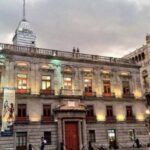
Nearest at 0.07 kms.
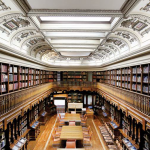
Nearest at 0.07 kms.
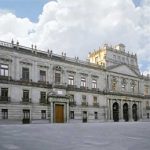
Nearest at 0.07 kms.

One of Mexico City's classic neighborhood markets and meeting places . . .

A giant neighborhood market brings the surrounding streets to life . . .

Practically the Public Market for the Mexico City Airport...
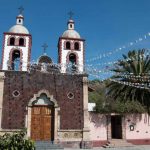
The neighborhood church of one of the oldest neighborhoods in the east of Mexico City...
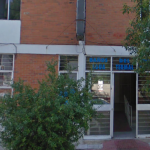
Mexico City's most famous and most medicinal public bathhouse...